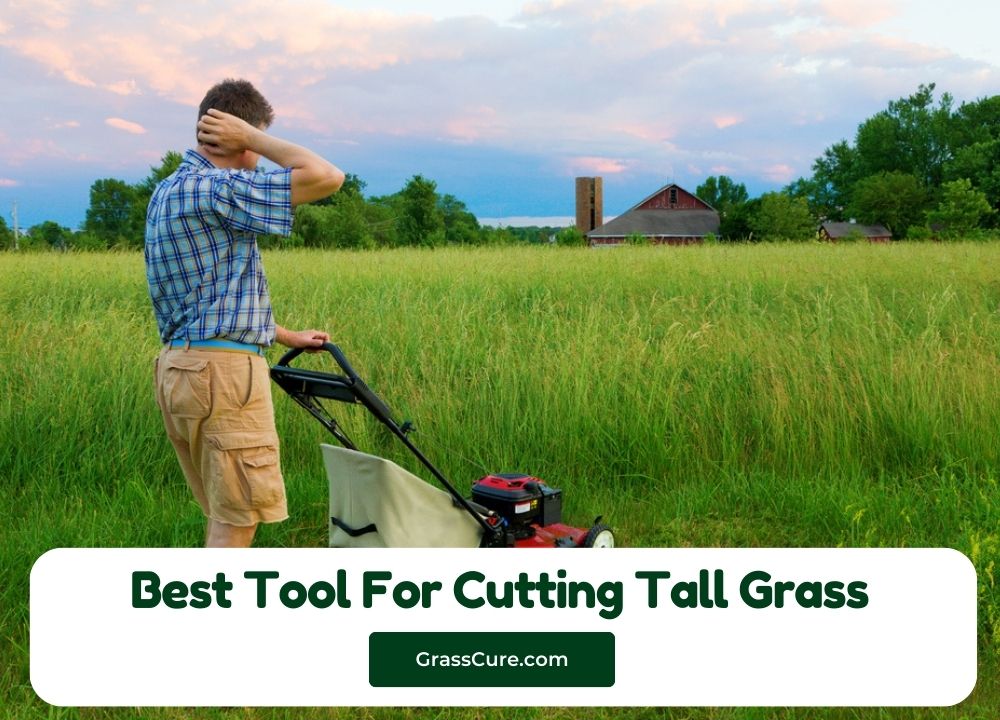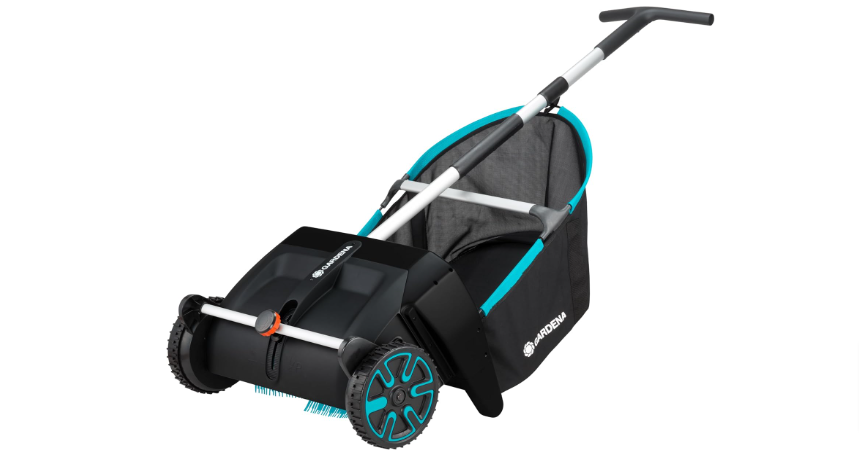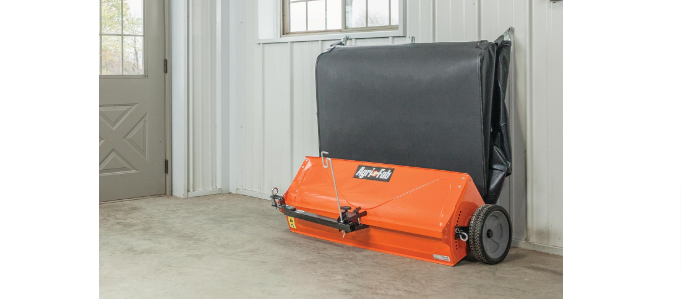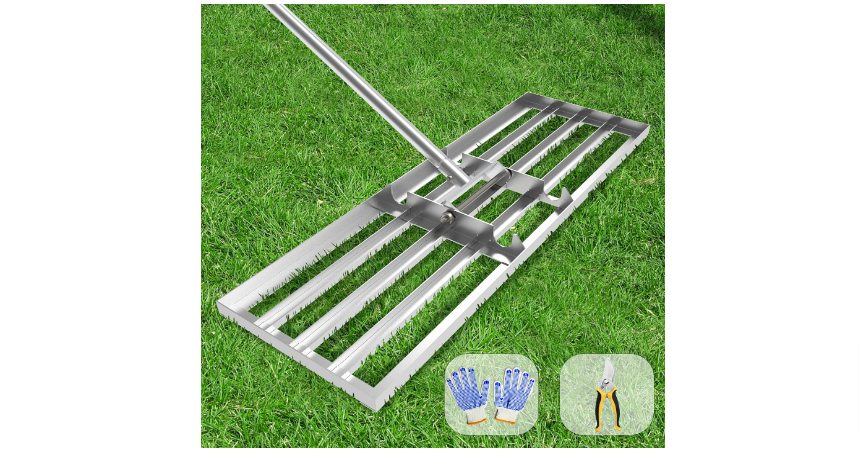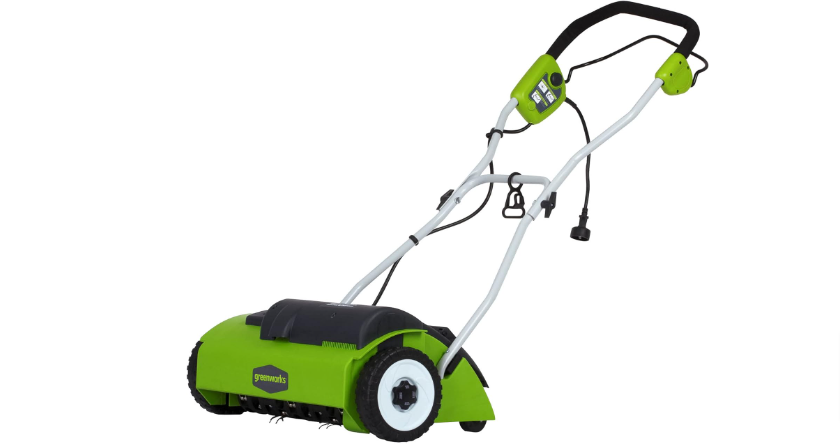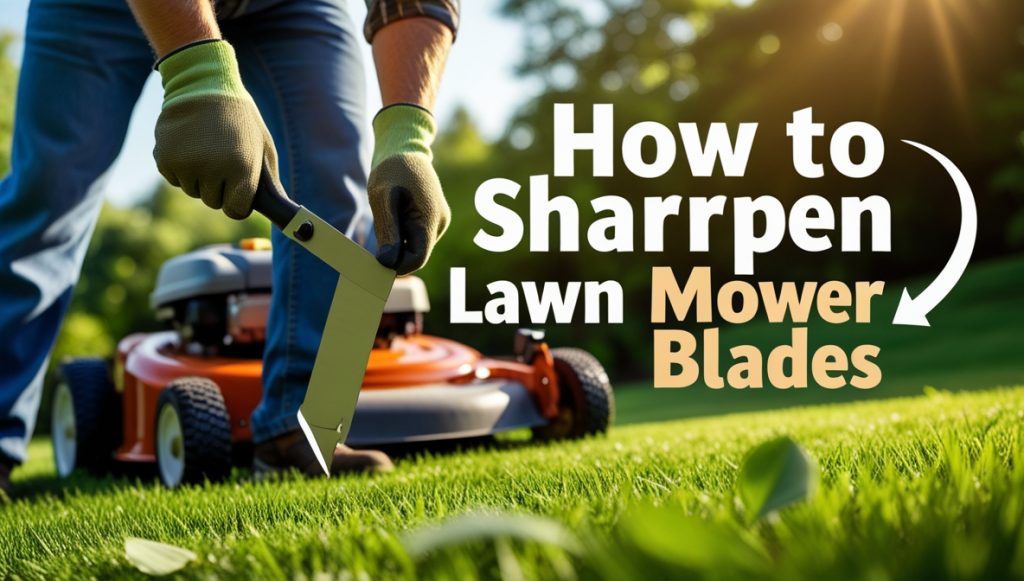Maintaining a neat and tidy lawn often involves using a lawn mower equipped with a grass catcher. This seemingly simple task can sometimes present challenges, particularly if you’re unfamiliar with your mower’s specific bagging system. This guide provides a comprehensive, step-by-step approach to attaching a grass catcher to your lawn mower, ensuring a smooth and efficient mowing experience. We will cover everything from identifying your mower’s system to troubleshooting common problems and maintaining your setup for optimal performance.
Contents [show]
Getting Started: Attaching Your Grass Catcher
Before you begin, ensure you have the correct grass catcher for your lawn mower model. Consult your mower’s owner’s manual to verify compatibility. Gather any necessary tools, which might include a screwdriver (if adjustments are needed) and possibly gloves to protect your hands from sharp edges or grass clippings. It’s crucial to turn off the mower and allow it to fully cool down before attempting any attachments or adjustments. Safety should always be your top priority.
Next, carefully inspect both the grass catcher and the mower chute for any damage or obstructions. A damaged catcher or a clogged chute can prevent proper attachment and lead to inefficient grass collection. Clean any debris from both components to ensure a clean and secure connection. Familiarize yourself with the latching mechanisms on both the catcher and the mower; understanding these will make the attachment process much smoother.
Identifying Your Mower’s Bagging System
Lawn mowers employ various bagging systems. Some have simple clip-on mechanisms, while others utilize more complex systems involving straps, hooks, or even a specialized mounting bracket. Your mower’s owner’s manual is the most reliable source for identifying the specific bagging system used on your model. Pay close attention to any diagrams or illustrations provided within the manual.
If you lack the owner’s manual, carefully examine the area where the grass catcher connects to the mower. Look for any visible clips, straps, or mounting points. Take note of how these components seem to interact. Understanding the system before you start will prevent frustration and potential damage.
Preparing the Grass Catcher for Attachment
Before attaching the catcher, ensure it’s empty and clean. A full or clogged catcher will add unnecessary weight and can impede proper attachment. Remove any lingering grass clippings or debris from the previous mowing session. This will also help maintain the catcher’s overall longevity.
Inspect the catcher’s frame and bag for any signs of damage, such as tears or loose seams. A damaged catcher may not seal properly, leading to grass clippings escaping. If any damage is found, it’s best to repair or replace the catcher before proceeding with the attachment. A sturdy, intact catcher is essential for efficient grass collection.
Aligning the Catcher with the Mower Chute
With the grass catcher prepared, carefully align it with the mower’s discharge chute. The alignment should be precise to ensure a proper fit and prevent grass clippings from escaping. Some systems may have guiding features to assist with alignment, such as grooves or tabs.
Take your time with this step; rushing can lead to improper alignment and a poor connection. If the catcher doesn’t seem to fit easily, double-check for obstructions or misalignment. Gently nudge the catcher into place, ensuring it’s flush against the discharge chute.
Securing the Catcher: Clips and Straps
Once aligned, secure the grass catcher using the provided clips, straps, or other fastening mechanisms. Ensure each clip is firmly engaged and that straps are taut but not overly tight. Over-tightening can damage the catcher or the mower.
Pay attention to the specific fastening methods used by your mower’s bagging system. Some systems may require you to push clips into place, while others may involve tightening straps or securing latches. Refer to your mower’s manual for detailed instructions on how to properly secure the catcher.
Double-Checking for a Secure Fit
After securing the catcher, give it a gentle tug to ensure it’s firmly attached. The connection should be solid and stable. Any looseness could result in grass clippings escaping during mowing.
Check all fastening mechanisms to confirm that they’re securely engaged. If you notice any looseness or instability, readjust the catcher and re-secure it. A secure fit is crucial for both efficient grass collection and the safety of the user.
Testing the Connection Before Mowing
Before starting the mower, run a short test to ensure the connection holds. Gently move the mower back and forth; the grass catcher should remain securely attached. This prevents unexpected detachment during operation.
If the catcher comes loose during the test, re-check the attachment points and ensure that all clips and straps are securely fastened. If the problem persists, refer to the troubleshooting section below.
Troubleshooting Common Attachment Issues
If you’re having trouble attaching the grass catcher, first consult your mower’s owner’s manual. Common issues include incorrect alignment, damaged components, or obstructions in the chute. Clean the chute thoroughly and inspect the catcher for any damage.
If the problem persists after cleaning and inspection, consider contacting the manufacturer or a qualified repair technician. They can help diagnose and resolve more complex attachment issues. Improper attachment can lead to inefficient mowing and potential damage to the mower.
Maintaining Your Grass Catcher Connection
Regularly inspect the grass catcher and its connection points for wear and tear. Replace damaged components promptly to maintain efficient grass collection and ensure a secure attachment. Over time, the clips or straps may become worn or broken.
Cleaning the catcher after each use helps to prevent buildup of grass clippings and debris, which can hinder proper attachment. A clean catcher also extends its lifespan.
Emptying and Storing the Grass Catcher
After each mowing session, empty the grass catcher. A full catcher reduces mowing efficiency and can damage the mower. Remove the catcher carefully, following the reverse steps of the attachment procedure.
Store the catcher in a dry, clean location to prevent damage and deterioration. Avoid storing it in direct sunlight or damp conditions. Proper storage extends the life of the catcher.
Successfully attaching a grass catcher to your lawn mower is a straightforward process when approached systematically. By following these steps, understanding your mower’s specific system, and addressing any issues promptly, you can ensure efficient grass collection and a more enjoyable mowing experience. Remember that safety and proper maintenance are key to a long-lasting and productive relationship with your lawn care equipment.

